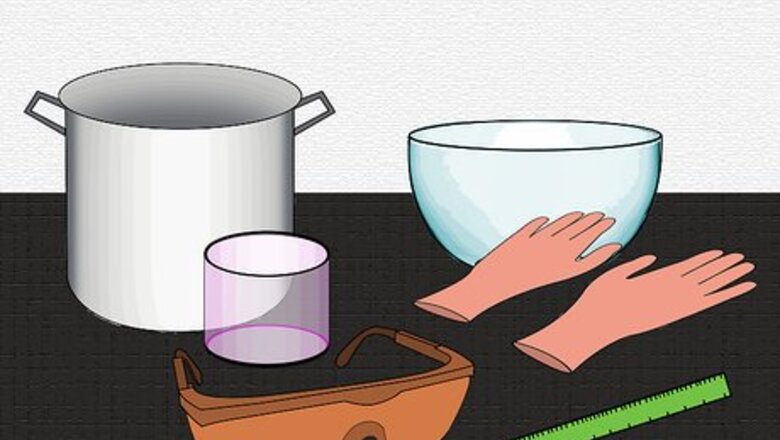
views
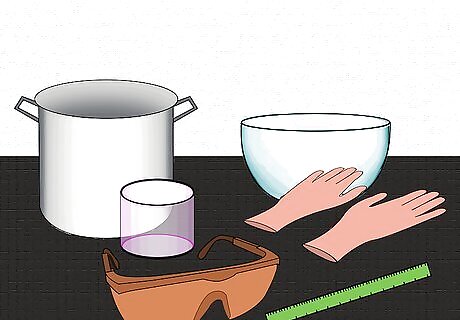
Gather all the necessary materials. Items needed are safety goggles, rubber gloves, a stainless steel pot, a glass bowl, a glass measuring bowl, a scale, rubber stirring utensils, thermometer (two thermometers if possible, one for the oils and one for the lye), the soap batch recipe, the recipe ingredients, and soap molds.
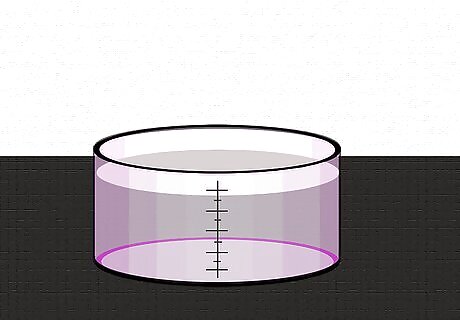
Fill the glass measuring bowl with the appropriate amount of distilled water, based on the recipe. Important note: the caustic nature of the lye will etch the glass bowl making it appear frosted. The glass bowl will be fine but the look is permanent.
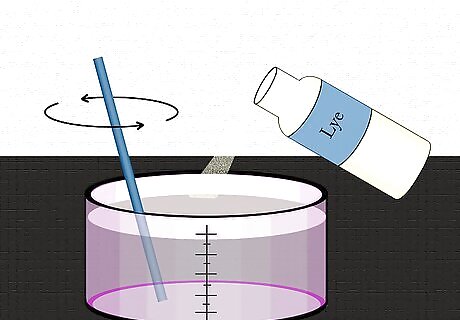
Add the appropriate amount of lye very slowly to create the lye/water solution and stir. The lye and water will react with each other and initially get very hot. Be sure to always add the lye to the water. Adding the water to the lye may cause a bubbling "volcanic" reaction.
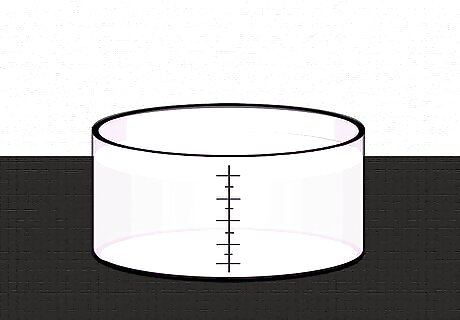
Set the lye/water solution safely off to the side so that it may cool a bit.
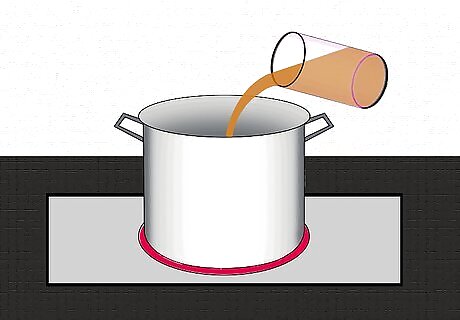
Weigh the oils and melt them in the stainless steel pot using the stove on medium heat.
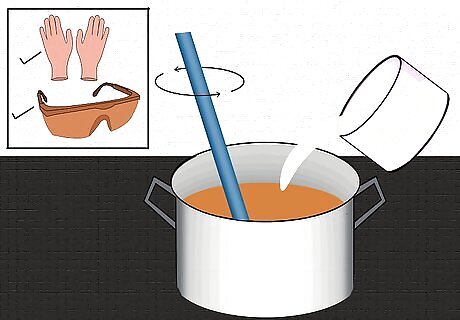
When the lye/water solution and oils have reached the same temperature, ideally around 110 °F (43 °C), stir the lye/water solution slowly in to the stainless steel pot of melted oils to create the soap mixture. It is recommended to wear the goggles and rubber gloves here in case of any lye splashes.
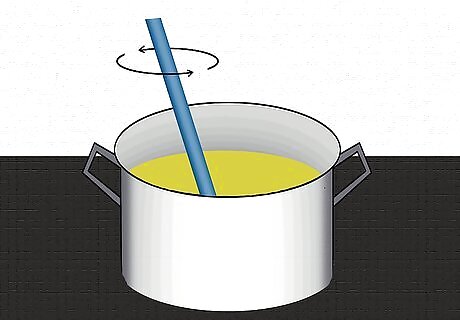
Stir the soap mixture thoroughly. Expect to stir continuously for about 15 minutes, until the mixture starts to thicken, like pudding. This is called the "trace" stage. Using an electric stick blender is one way to speed up the stirring and bring the soap mixture to the "trace" stage more quickly.
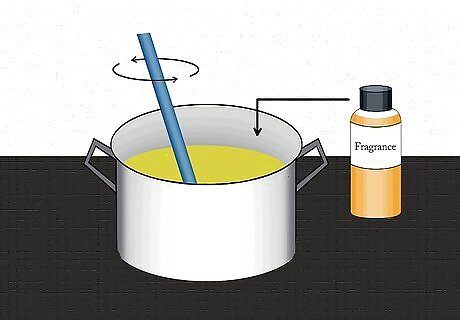
Once the soap mixture reaches "trace", add the essential oils, other fragrances or herbs, pigments and stir. Again, the "trace" stage can be recognized by the patterns left in the soap mixture as it is stirred. It will resemble a thickening pudding.
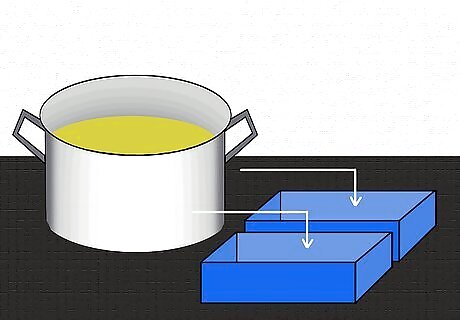
Pour the soap mixture into the molds. Be sure that the soap mixture is evenly distributed.
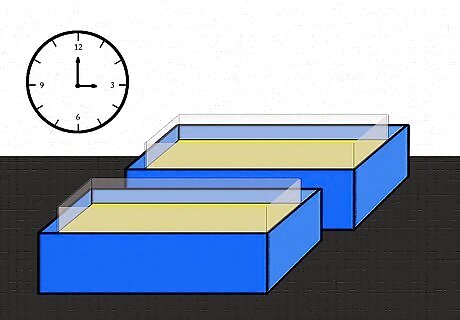
Stash the molds in a warm place and allow them to cure and harden for 24-48 hours. Wrapping the molds in a blanket or towel for insulation will keep the soap warm and accelerate the curing process.

After the soap has hardened, its water content will still be quite high. Remove the soap from the mold, cut in to bars and allow the bars to cure and dry out for 4-6 weeks.


















Comments
0 comment